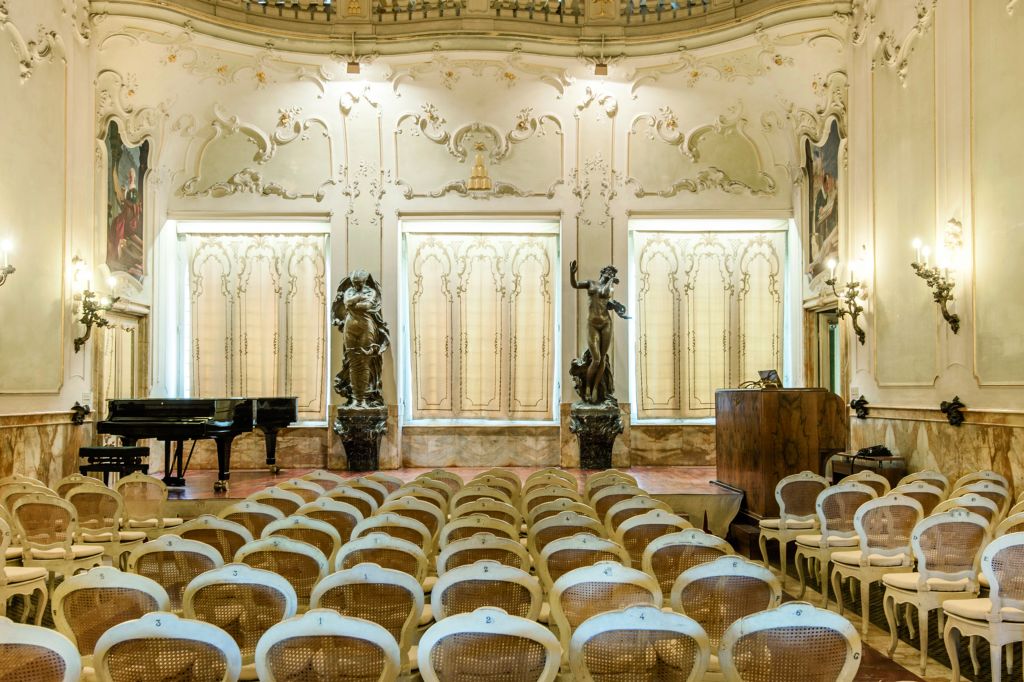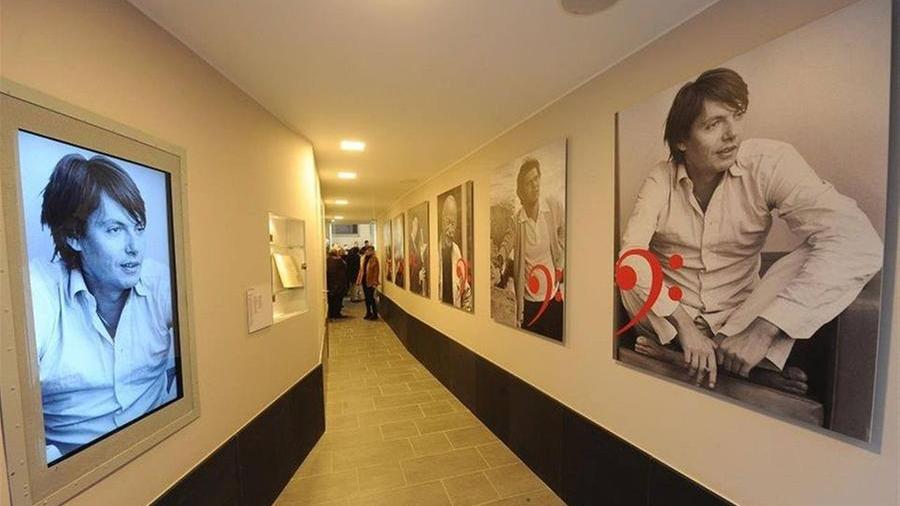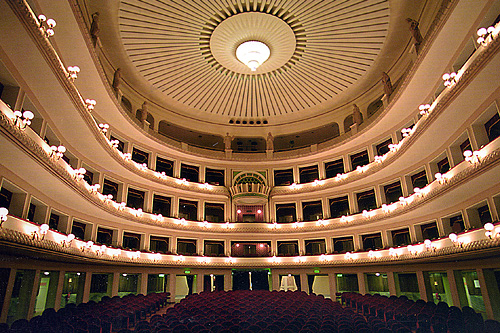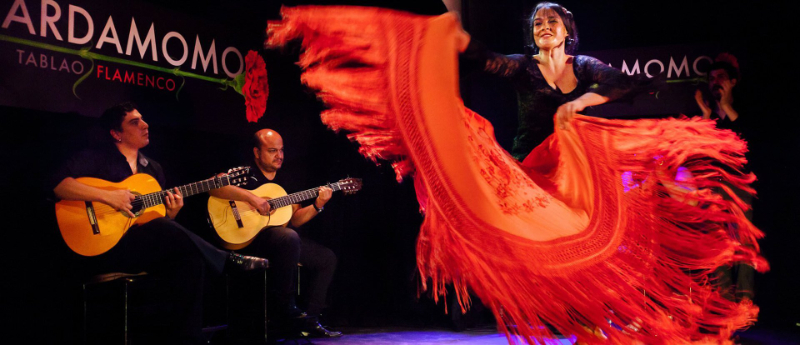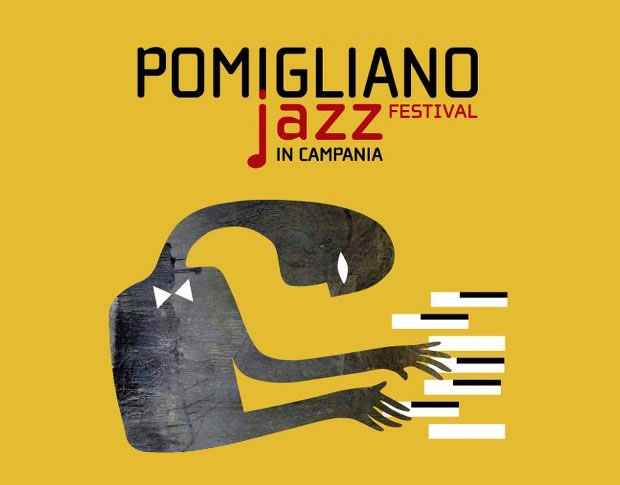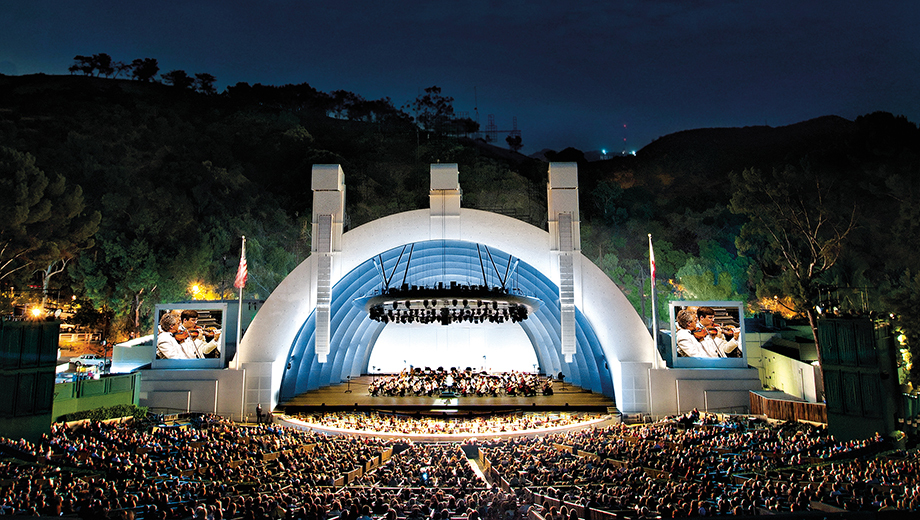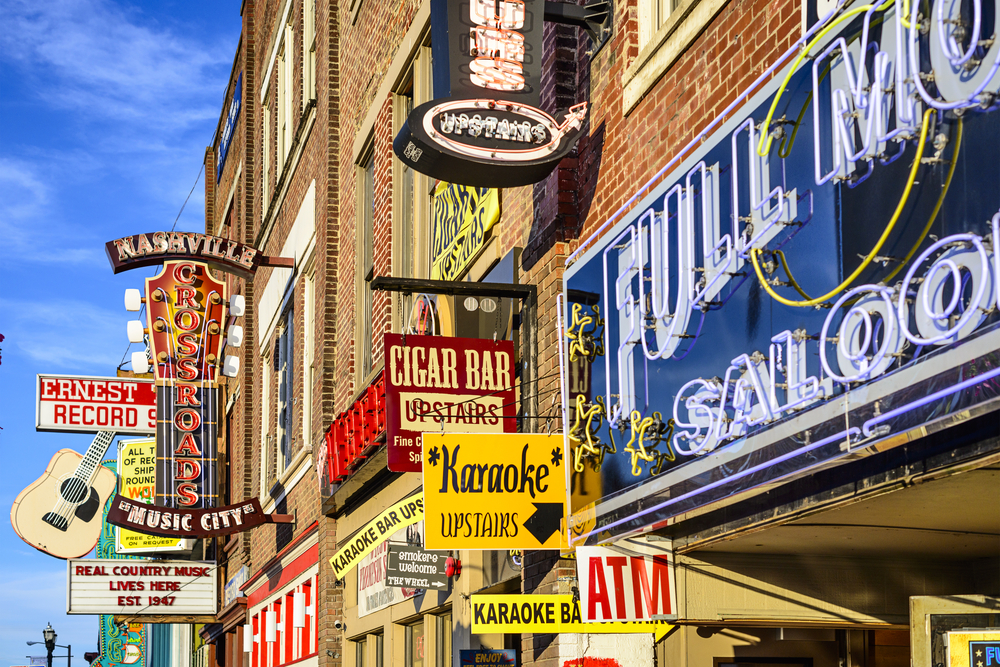The Chigi Saracini palace, although so central, hides many surprises: one of these is its music library, open to all, which preserves about 75 thousand volumes, fruit in part of the inheritance and collection of the Chigi Saracini family, in part constituted during the activity of the Academy of musical improvement started by Count Guido Chigi Saracini in 1932, still a point of reference for the world of advanced professionalism of classical music. The library, essentially musical, preserves very rare works including illuminated manuscripts, first editions and especially original scores dedicated to the Count, a true patron: the most famous is probably the Suite della Tabacchiera by Ottorino Respighi, who composed it inspired by one of the Count’s snuffboxes, which is actually decorated with a musical motif. The musical passion of the count, even before the start of the school of specialization, led him to radically change the medieval structure of some of the spaces of his palace, to make a concert hall in Viennese style: the room can accommodate more than two hundred people, but on the left side of the stage there is a door leading to a living room from which the count preferred to listen in private performances. Another curiosity, which is also the reason why the master classes were started: the count was an amateur organist, and he had a majestic organ built: it has 4200 pipes, partly hidden behind the walls, which occupy two floors of the building. This exceptional instrument has attracted many musicians, including Fernando Germani, who started the advanced organ courses. The students rehearse in the monumental rooms of the palace, among the extraordinary objects of the count’s collection. It is good to be reminded of this during each visit, or when, in summer, the notes can be heard in the streets adjacent to the palace.
